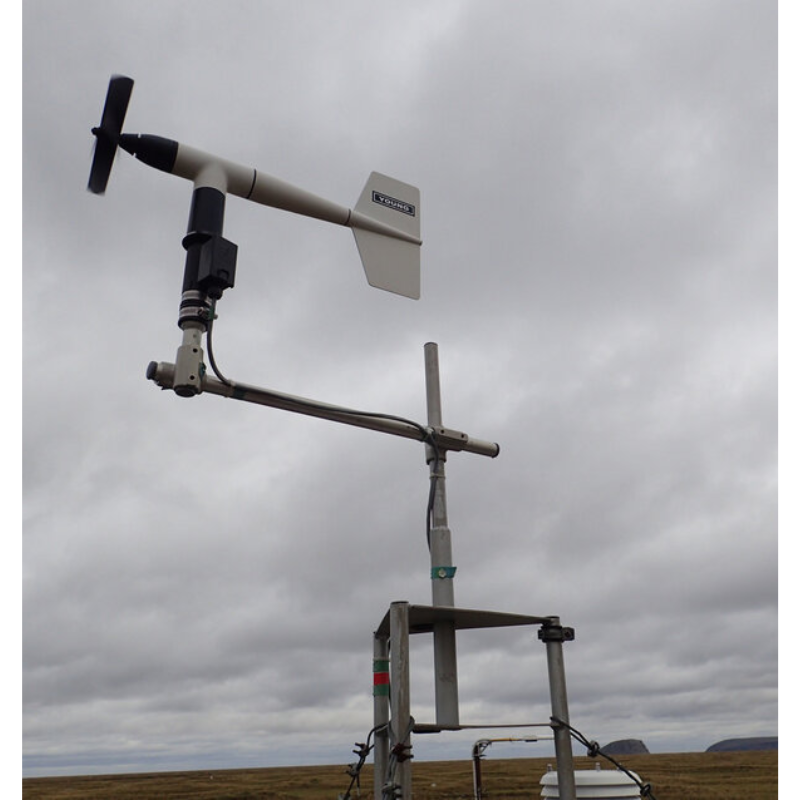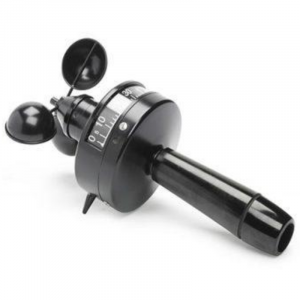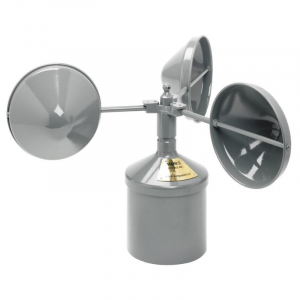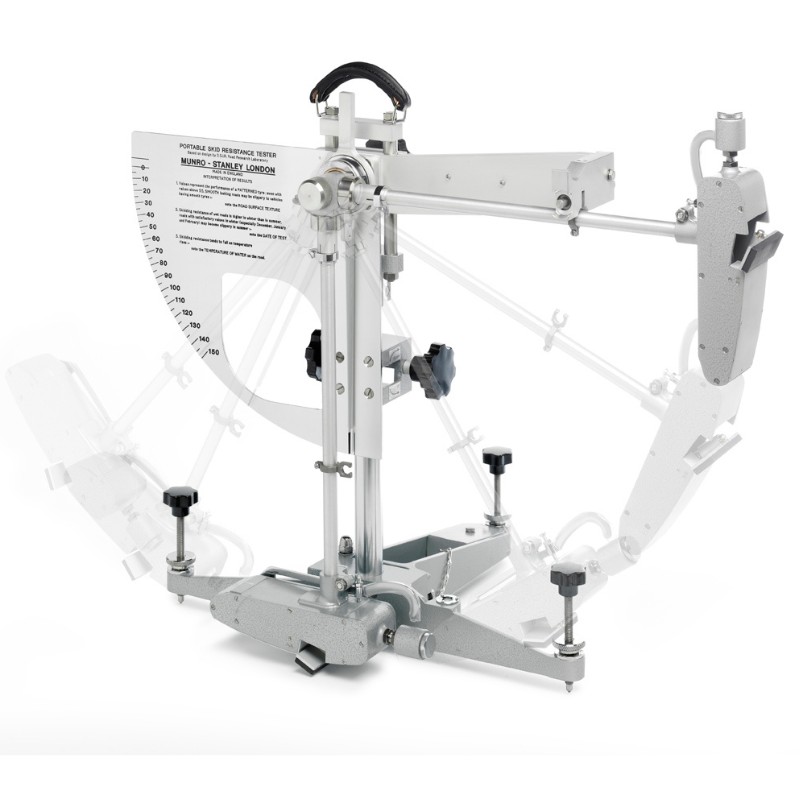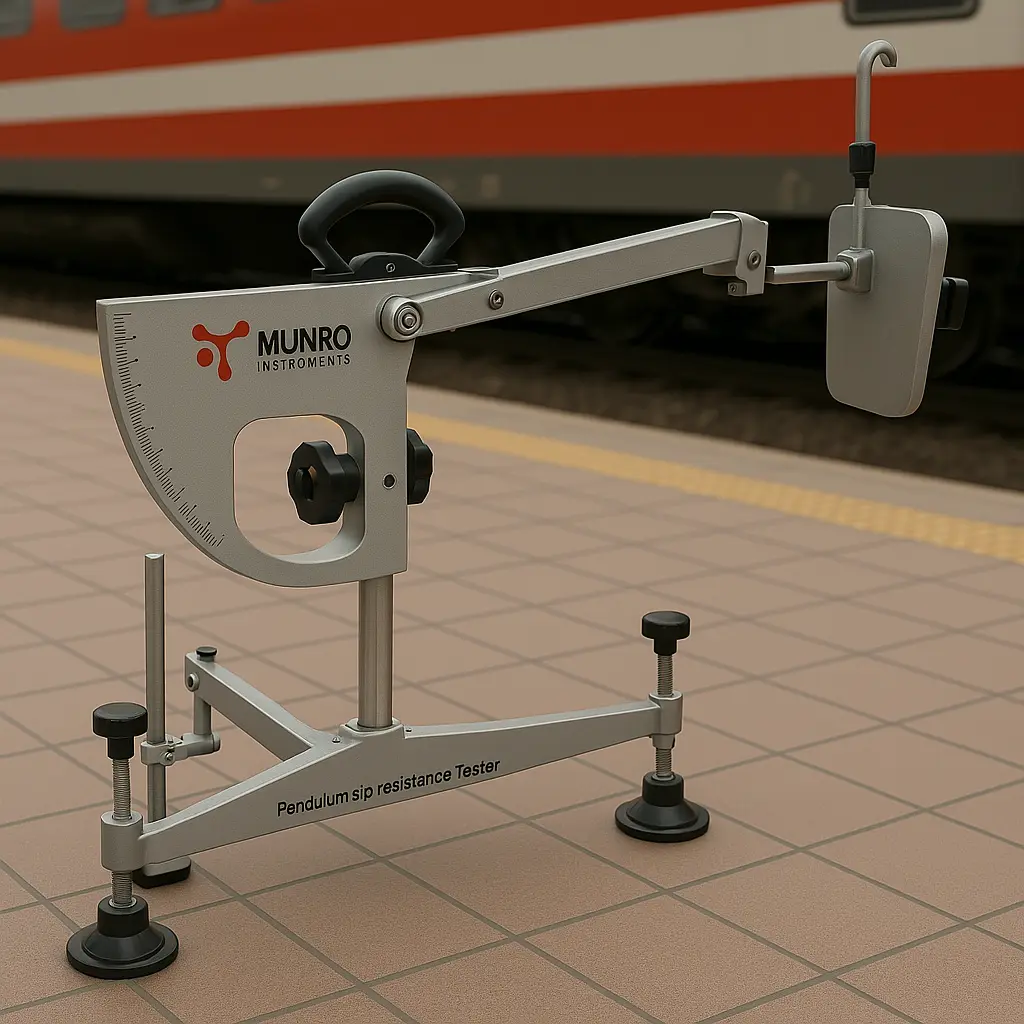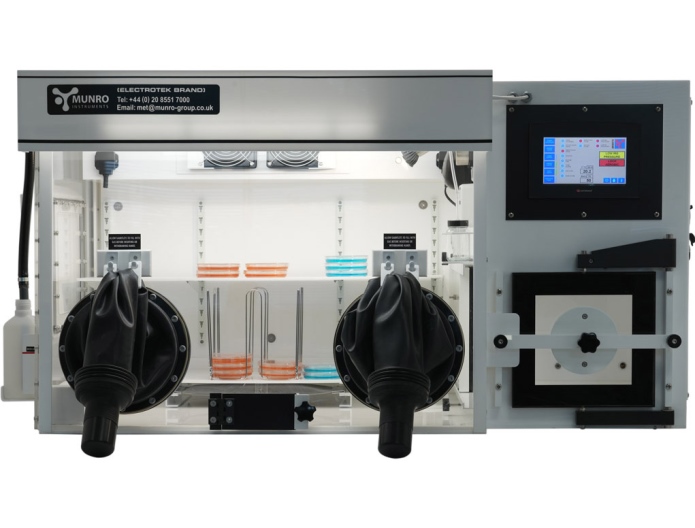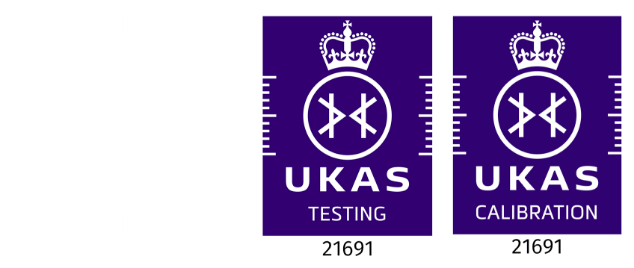Construction and civil engineering projects are sensitive to weather conditions. Unpredictable weather can significantly impact project timelines, material handling, and workforce safety. But how exactly are weather stations used in construction and civil engineering to overcome these challenges? In this article, you’ll discover seven essential ways these powerful tools help ensure project safety, enhance efficiency, and boost overall productivity.
What Is a Weather Station?
A weather station is an advanced device designed to collect and analyze atmospheric conditions such as temperature, wind speed, humidity, precipitation, and pressure. These stations are crucial in providing real-time weather data that helps construction managers make informed decisions.
Key Components of Weather Stations
Typical components of a weather station include:
- Anemometer: Measures wind speed and direction.
- Thermometer: Records air temperature.
- Rain gauge: Tracks rainfall levels.
- Hygrometer: Monitors humidity.
- Barometer: Measures atmospheric pressure.
- Data logger: Records and stores weather data for analysis.
Why Is Weather Monitoring Crucial in Construction?
Weather monitoring significantly contributes to the success of construction projects in several ways.
Ensuring Safety
Severe weather conditions such as high winds, lightning, and heavy rains pose serious safety risks on construction sites. Weather stations alert managers to impending dangers, allowing timely evacuation and preventative safety measures.
Planning Efficiency
Real-time weather information supports precise project scheduling. Accurate forecasts allow managers to adjust tasks, avoid delays, and maintain smooth project progression.
7 Key Uses of Weather Stations in Construction and Civil Engineering
Weather stations provide practical benefits in various aspects of construction and civil engineering.
- Monitoring Temperature for Material Handling
Certain construction materials require specific temperatures for effective handling and application. For instance, asphalt and adhesives have optimal working temperatures. Weather stations help teams monitor conditions, ensuring materials are used correctly.
- Measuring Wind Speeds for Crane Operations
High winds pose a significant hazard to crane operations. Weather stations monitor wind speeds, ensuring cranes are only operated under safe conditions, thus preventing accidents and ensuring compliance with safety standards.
- Tracking Rainfall and Moisture Levels
Excessive moisture can compromise soil stability and foundation integrity. Rain gauges and moisture sensors alert teams to conditions that may require project delays or drainage enhancements.
- Assessing Humidity for Concrete Curing
Concrete curing depends on maintaining proper humidity levels. Weather stations provide precise humidity readings, ensuring optimal curing conditions that prevent cracking and structural weaknesses.
- Predicting Weather for Scheduling
Real-time weather forecasts help project managers create realistic schedules. Accurate weather data helps prevent costly delays and labor downtime by allowing teams to adjust tasks proactively.
- Detecting Lightning Risks
Lightning detection systems in weather stations identify electrical storm risks, providing early warnings essential for evacuating personnel from potentially hazardous work areas.
- Recording Historical Weather Data
Weather stations collect historical data, assisting engineers in analyzing past weather patterns. This helps refine future project planning and risk assessment processes.
How Weather Stations Improve Project Efficiency
Cost Reduction
Real-time monitoring reduces unexpected costs associated with weather delays, material wastage, and workforce downtime. Projects stay within budget by minimizing unforeseen expenses.
Reduced Delays
Better forecasting and monitoring reduce project interruptions. Accurate scheduling allows construction teams to maintain productivity even in challenging weather conditions.
Selecting the Right Weather Station for Construction
Selecting an appropriate weather station depends on several factors, including project size, complexity, and environmental conditions.
Portable vs. Fixed Stations
- Portable Stations: Ideal for temporary construction sites, easily relocated.
- Fixed Stations: Better for large, long-term projects requiring continuous monitoring.
Accuracy and Calibration
Regular calibration ensures accurate data, critical for effective decision-making. High-quality stations offer greater accuracy and reliability.

